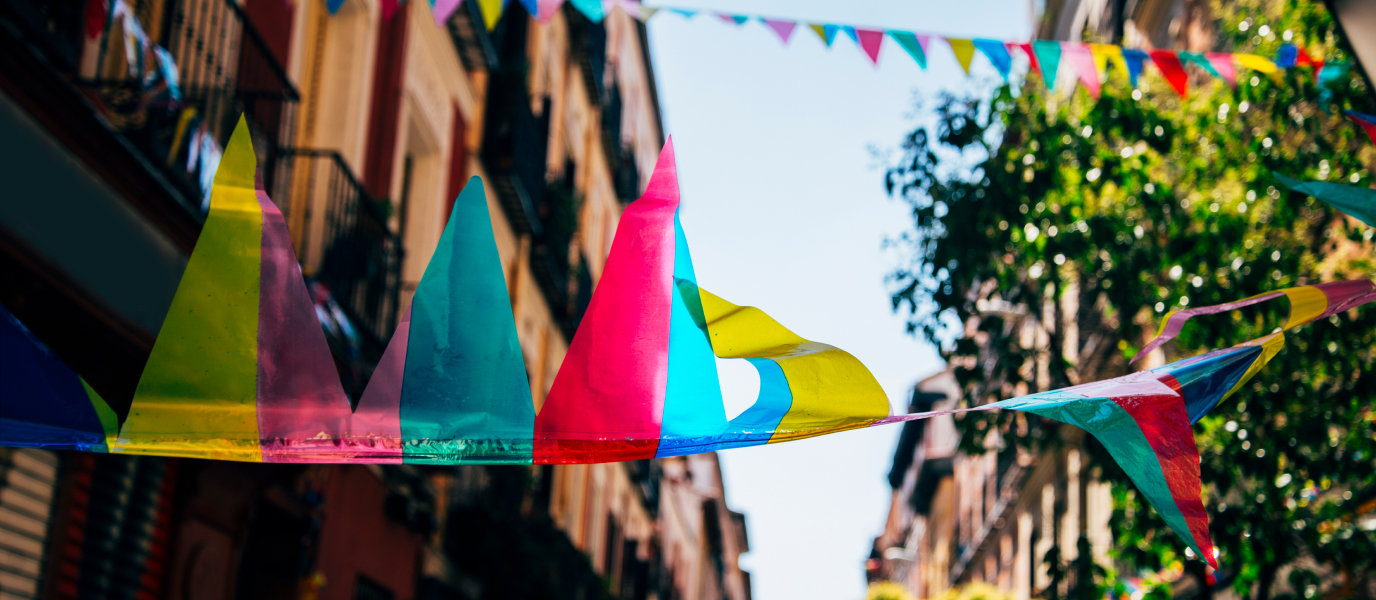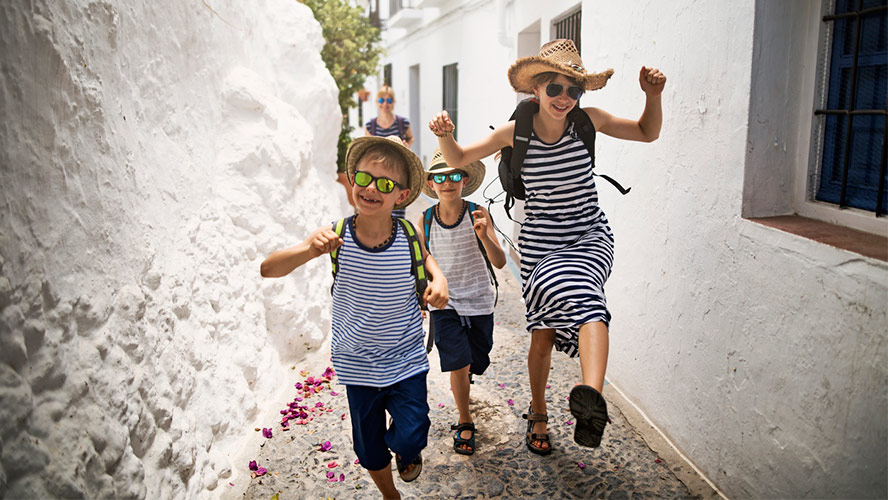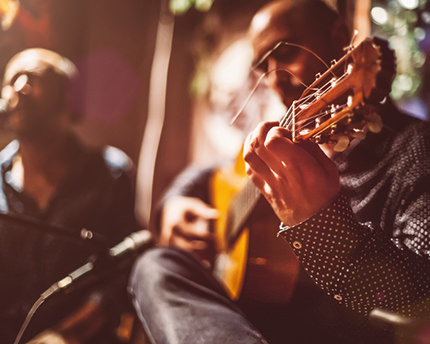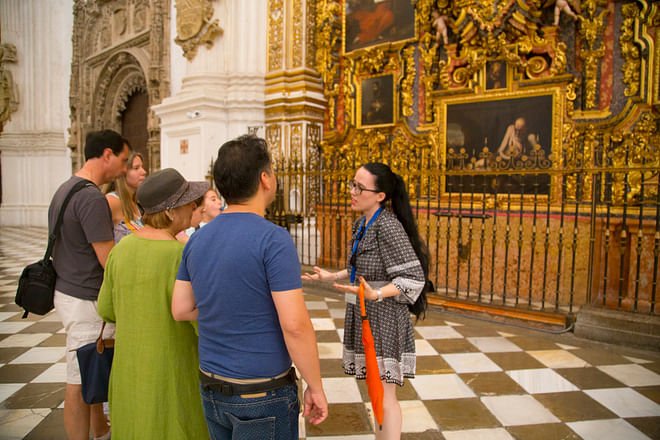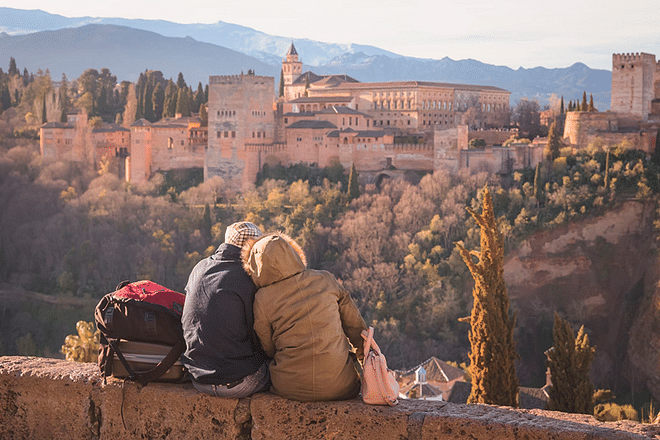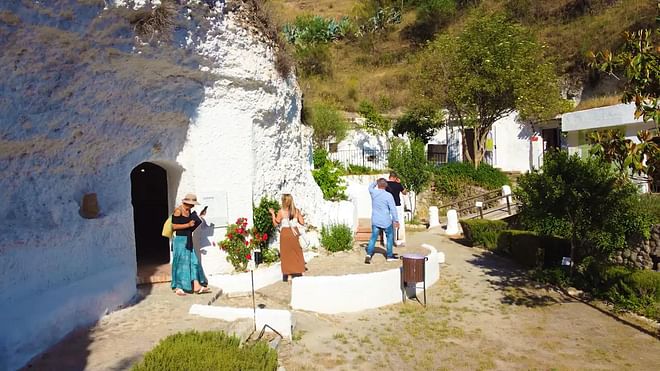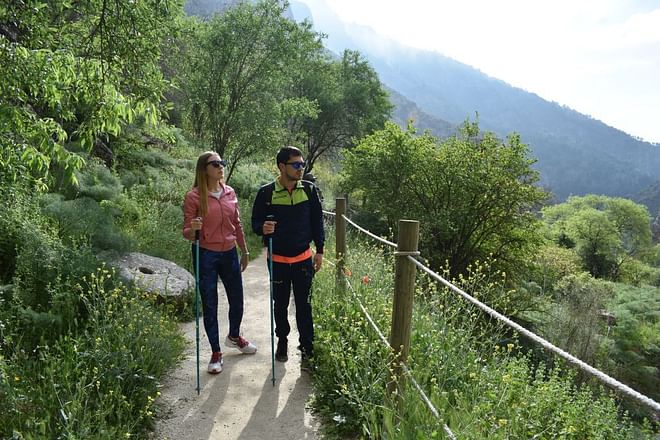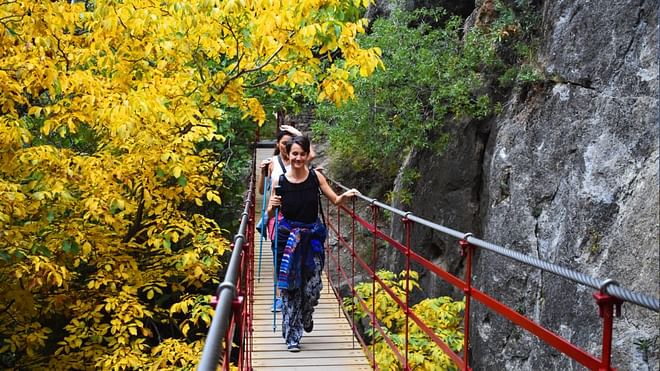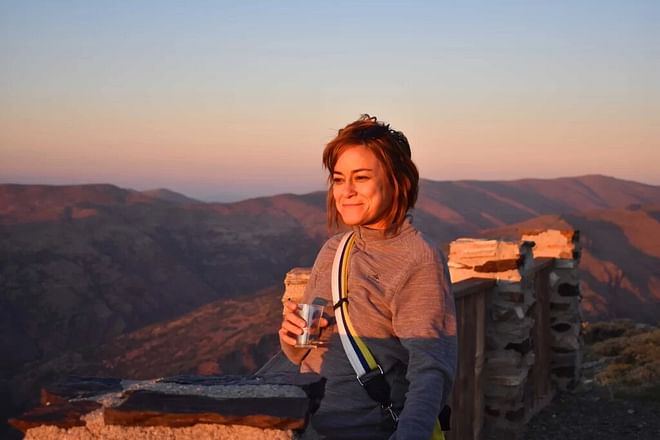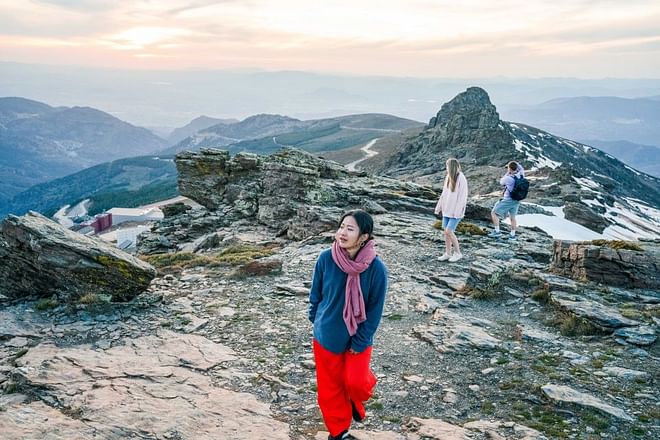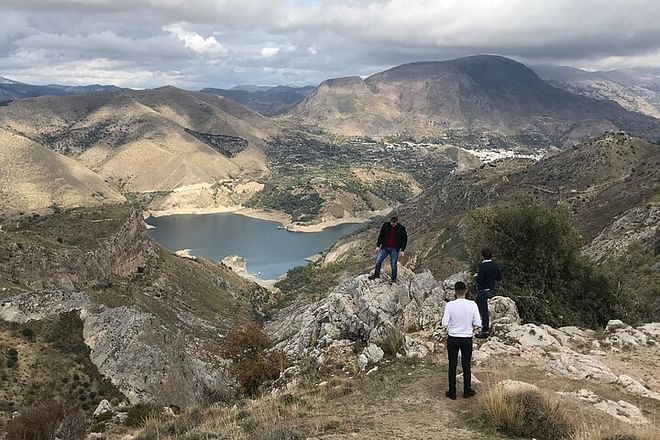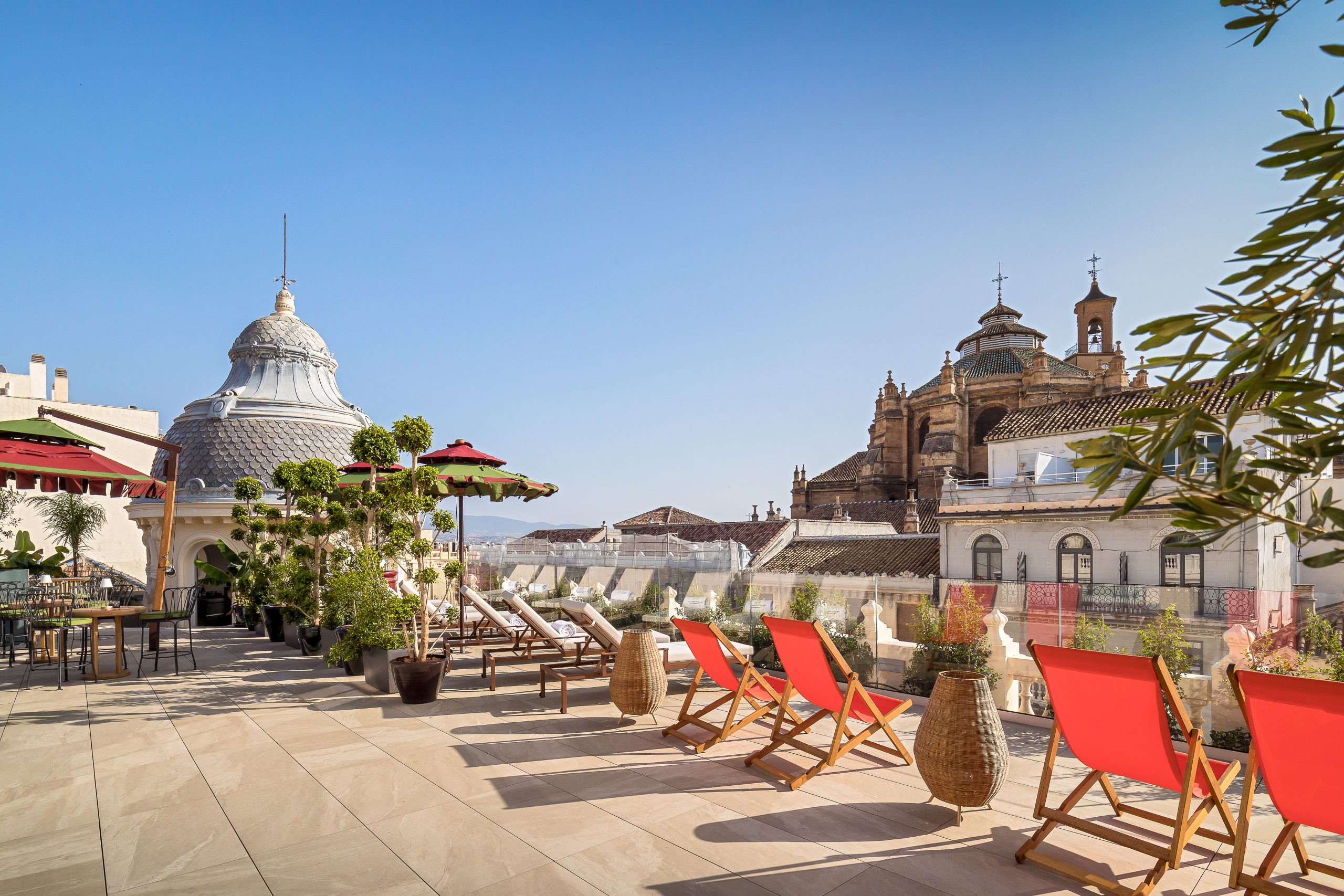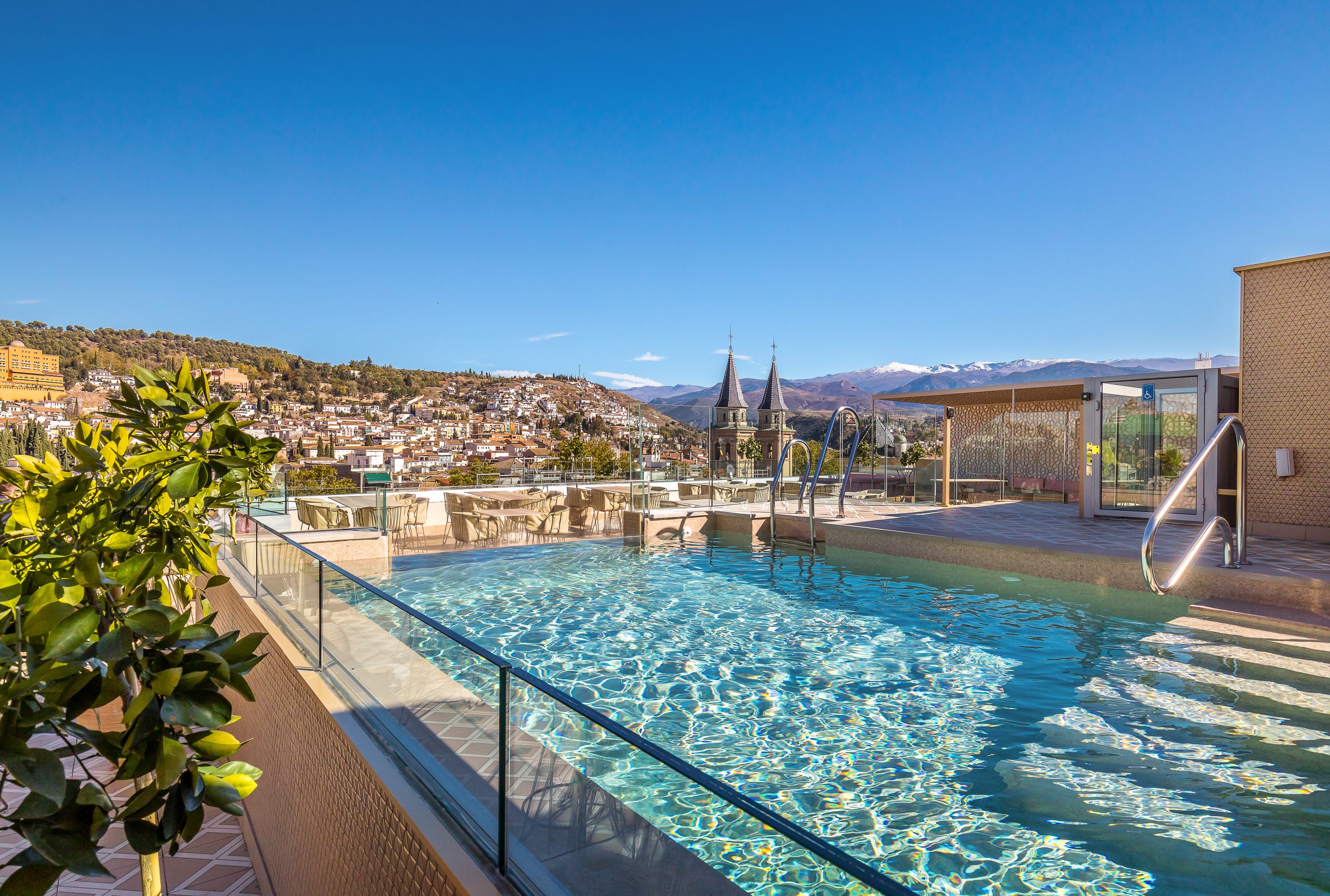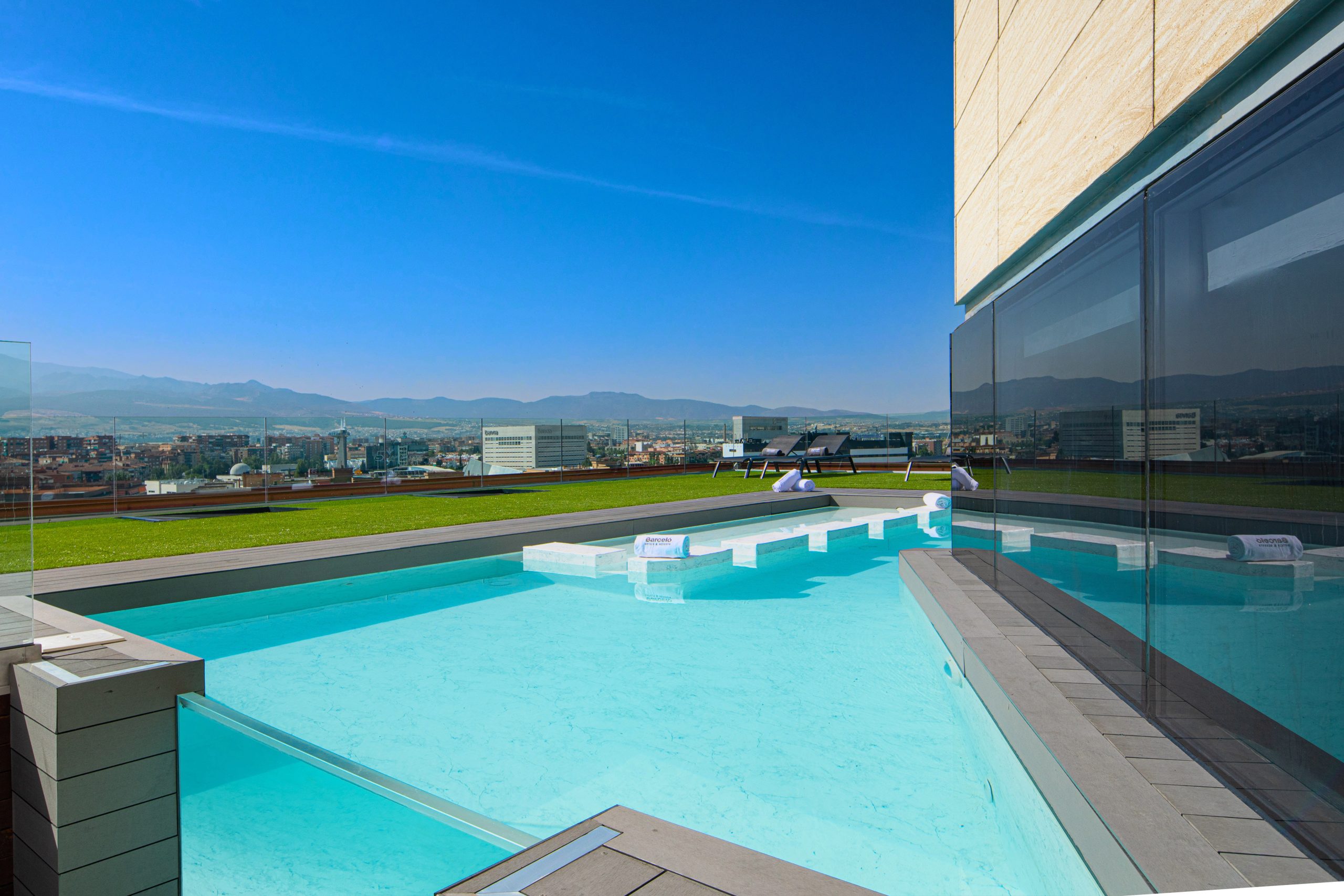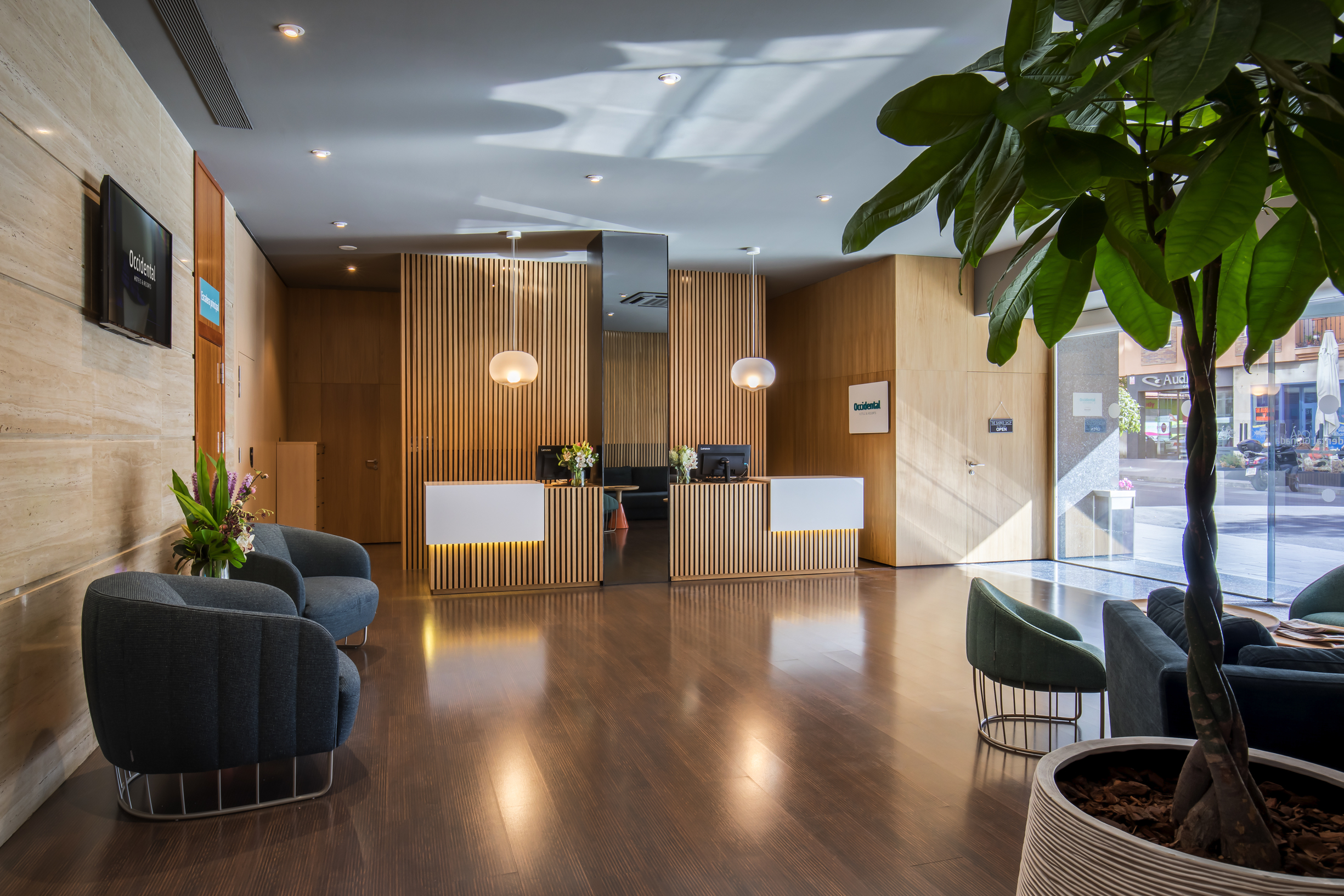Throughout the year, Granada has countless activities, festivals and fairs to share its fun traditions with revellers. Take out your calendar because every month has a different reason to visit Granada.
The festivals—religious and cultural—in Granada are a great way to discover the city from a new perspective. For example, the Day of the Cross is a favourite among locals and one of the most popular in the city.
The Fair, a famous tradition throughout Andalusia, is also a top alternative. Break out your ruffles and visit all the casetas (huge tents) because you won’t want to miss a single festival in Granada.
Granada’s Fair
This festival is held in Granada during the month of May, depending on the exact dates of Holy Week. Although it is less known than the Seville Fair, it has a similar essence that fills the city with music and colour.
The fairgrounds are always located far from the city centre because a great deal of space is needed for the tents. The event ultimately takes on the air of a temporary amusement park with plenty of flamenco symbolism and music at all hours. The fairgrounds have three sections: one for the swings and attractions, another for the tents and a third consisting of streets filled with food stands.
Lights and garlands decorate the fairgrounds—creating an unforgettable image since most of the action takes place at night—, particularly the main entrance with lights at the front gate. The celebration begins with the alumbrao lighting ceremony and coincides with the Corpus Christi festival.
Countless cultural activities and events take place throughout the city, such as bullfights and processions. On the Wednesday of each year, the Tarasca, a mannequin dressed in a costume by the city’s best designers and tailors, is accompanied by giants and other characters wearing big papier-mâché heads.
Spring Festival
This festival is one of the newest in the city. What started out as a macrobotellón (a large-scale public drinking party) has evolved into an organized event with music and an admission fee.
Since it has a young atmosphere, it is primarily aimed at university students. This year’s event was held in Granada Arena, near the Puleva factory.
The custom is to attend the festival for some music and drinks before hitting the city’s nightclubs, which arrange special parties in light of the occasion.
Day of the Cross
The 3rd of May marks the most traditional festival in all of Granada: the Day of the Cross. On this date, the city changes its appearance as streets, shop windows and squares are filled with carnations to honour the Cross.
The celebration dates back to the 17th century, when an alabaster cross was erected in the San Lázaro district and those present celebrated by singing and dancing around it. The tradition spread to other neighbourhoods, such as Albaicín and Realejo, and the festival is now embraced by the city every year.
One of the traditions is to place a golden apple on the altars with a pair of scissors inserted into it, which is done to avoid criticism of how the cross has been decorated.
The streets are flooded with flamenco dresses as children and adults put on their ruffles to walk alongside the crosses made by neighbourhood associations and brotherhoods. The city council also holds a competition for the cross with the best decorations.
San Cecilio Festival
The festival to honour Granada’s patron saint takes place on the 1st of February, but since it is not a public holiday, the celebrations are held on the first Sunday of the month with a pilgrimage to Sacromonte, where the saint’s catacombs are located.
The event begins with a traditional mass and the rest of the day is spent in the countryside, where free broad beans and salaíllas (local breads) are handed out and everyone dances to the tune of ‘La Reja’.
The song tells the story of when Saint Peter sent San Cecilio to Spain for evangelisation, and as they gathered in the catacombs of this hillside with nine other priests, they were surrounded by Romans and martyred. Sacromonte Abbey was later built above these catacombs.
Holy Week in Granada
Holy Week in Granada is one of the most heartfelt and traditional, compared with how other Spanish cities celebrate it. A great deal of effort is put into the sober pasos (floats of thrones with religious icons) that appear in the processions.
The challenging streets of the Albaicín quarter, so narrow and winding, create a special setting for the procession of the Virgen de la Aurora. ‘Cristo del Silencio’ and ‘Cristo de los Gitanos’ are carried along Carrera del Darro, with the Alhambra and its lights as the backdrop.
If you want to experience the most traditional version of Holy Week, then Granada is the place.
We recommend taking a look at the festival calendar before visiting Granada because you never know, you could be lucky enough to witness one of the city’s famous celebrations.




































































